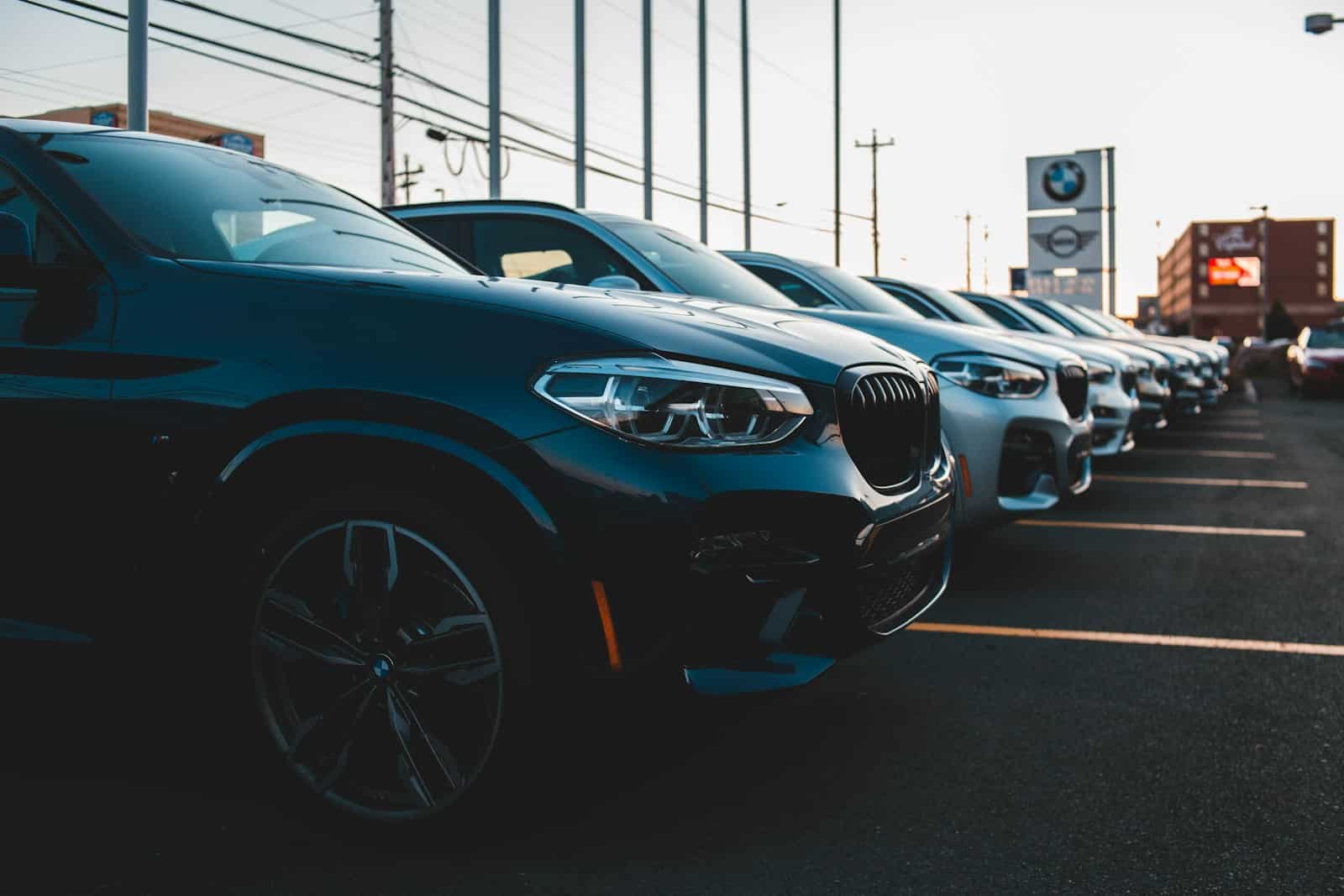
Photo by Erik Mclean on Unsplash
Automotive Industry Faces Deflationary Pressures
June 15, 2024
In recent months, the automotive industry has been grappling with a growing challenge: consumers delaying their new car purchases. Despite improved availability and a return to normalcy in automotive production, high interest rates and price volatility have made many potential buyers hesitant. This reluctance to buy now, in the hopes of securing a better deal later, is setting the stage for a deflationary spiral that could have serious implications for the industry.
The electric vehicle (EV) market, often highlighted for its growth potential, is also experiencing a slowdown. As consumers prioritize frugality, the demand for high-priced EVs is cooling, reflecting a broader trend across the industry.
This phenomenon is particularly concerning for the auto industry, which is already seeing signs of recession in durable goods, a category that includes vehicles, home appliances, and furniture. According to Cox Automotive economist Jonathan Smoke, both new and used vehicle prices have been declining for two years. Initially, this was viewed as a market correction and a return to normal after pandemic-induced disruptions. However, the current market sentiment suggests that consumers now expect prices to keep falling, exacerbating the deflationary trend.
The impact of these dynamics is evident in recent sales data. While vehicle sales are still increasing, the growth rate is slowing. Inventory levels are rising, putting further pressure on prices. In May, vehicle prices fell by 1%, and 41.2% of vehicles sold for less than $40,000, up from 37% a year ago. This shift indicates a growing demand for more affordable models as consumers become more cautious with their spending.
The broader economic context adds to the industry’s challenges. The era of pent-up demand, excess pandemic savings, and revenge spending that buoyed the economy despite aggressive monetary tightening by the Federal Reserve seems to be waning. As durable goods slip into a recession, the auto industry must navigate this new landscape with careful strategies to avoid prolonged deflationary pressures.
As of May 2024, the average price paid for a new car was $48,389, according to Cox Automotive, a slight decrease from its peak at the end of 2022. However, interest rates remain high, ranging from 6.7% to 11.9%, as reported by Experian. These financial pressures are causing consumers to hold off on making big-ticket purchases like cars, waiting for prices to drop further. This behavior can trigger a deflationary spiral, where delayed purchases lead to increased inventory and downward pressure on prices. As prices fall, consumers continue to postpone their purchases, expecting even better deals in the future.
Recent News
Morgan Stanley Expands Latin American Investments
Morgan Stanley is ramping up its investments in Latin America amid rising geopolitical conflicts, recognizing the region’s growing economic importance.
National Smoothie Day Deals
As the summer season begins to heat up, many people will opt to cool down and enjoy a delicious treat with a refreshing smoothie.
Hertz Launches $750 Million Debt Offering
Hertz Global Holdings Inc. is launching a $750 million debt offering to strengthen its financial position following issues with its electric vehicle fleet.
Former OpenAI Chief Scientist Ilya Sutskever Launches New AI Venture
One month after departing OpenAI, co-founder Ilya Sutskever has announced the launch of a new company named Safe Superintelligence Inc.
